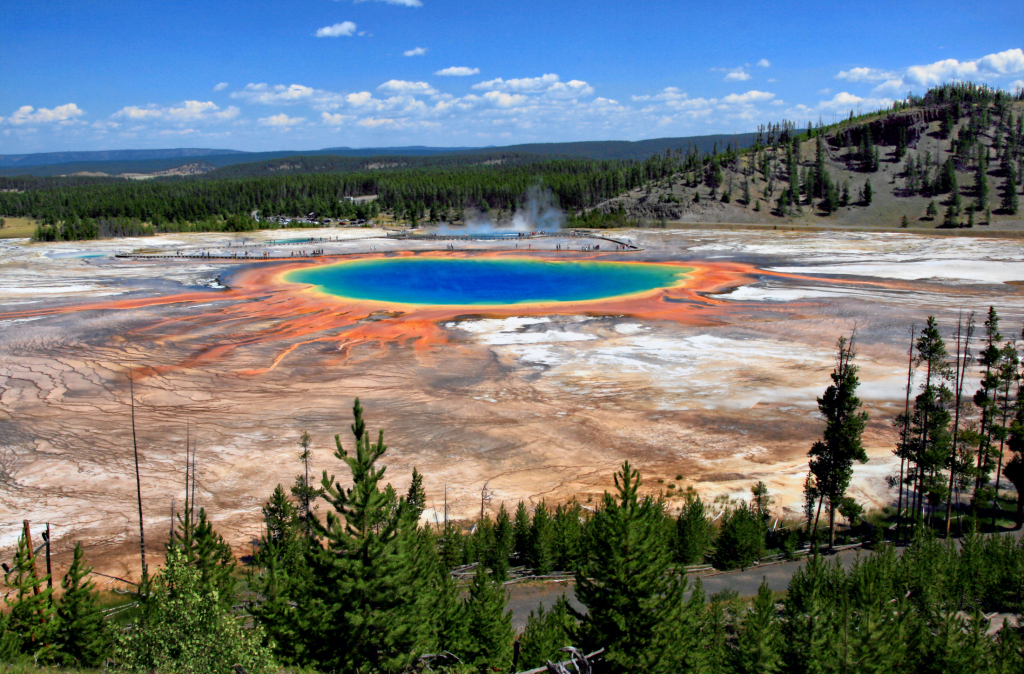(WSVN) - A supervolcano beneath the ground at Yellowstone National Park that last blew more than 630,000 years ago could again erupt sooner than thought and destroy all life on the planet, according to a new study centered around ancient ash.
According to National Geographic, researchers at Arizona State University analyzed minerals in fossilized ash and concluded that the supervolcano woke up after “two influxes of fresh magma flowed into the reservoir below the caldera.”
Geologists say their findings revealed that critical changes in temperatures and composition built up in just a matter of decades. They had previously thought it would take centuries for such changes to take place. The information suggests an eruption is possible in just a matter of decades.
The latest revelation comes after a 2013 study found the magma reservoir that feeds the supervolcano was nearly triple the size of previous estimates.
Study co-author Hannah Shamloo told the New York Times, “It’s shocking how little time is required to take a volcanic system from being quiet and sitting there to the edge of an eruption.”
Researchers estimate that the supervolcano could send more than 1,000 cubic kilometers of rock and ash spewing into the sky, according to a New York Times report. Such a happening would cover almost all of the United State in ash and trigger a volcanic winter.
As of right now, scientists say the dormant behemoth does not pose a risk, but an eruption could prove catastrophic.
Copyright 2024 Sunbeam Television Corp. All rights reserved. This material may not be published, broadcast, rewritten or redistributed.

